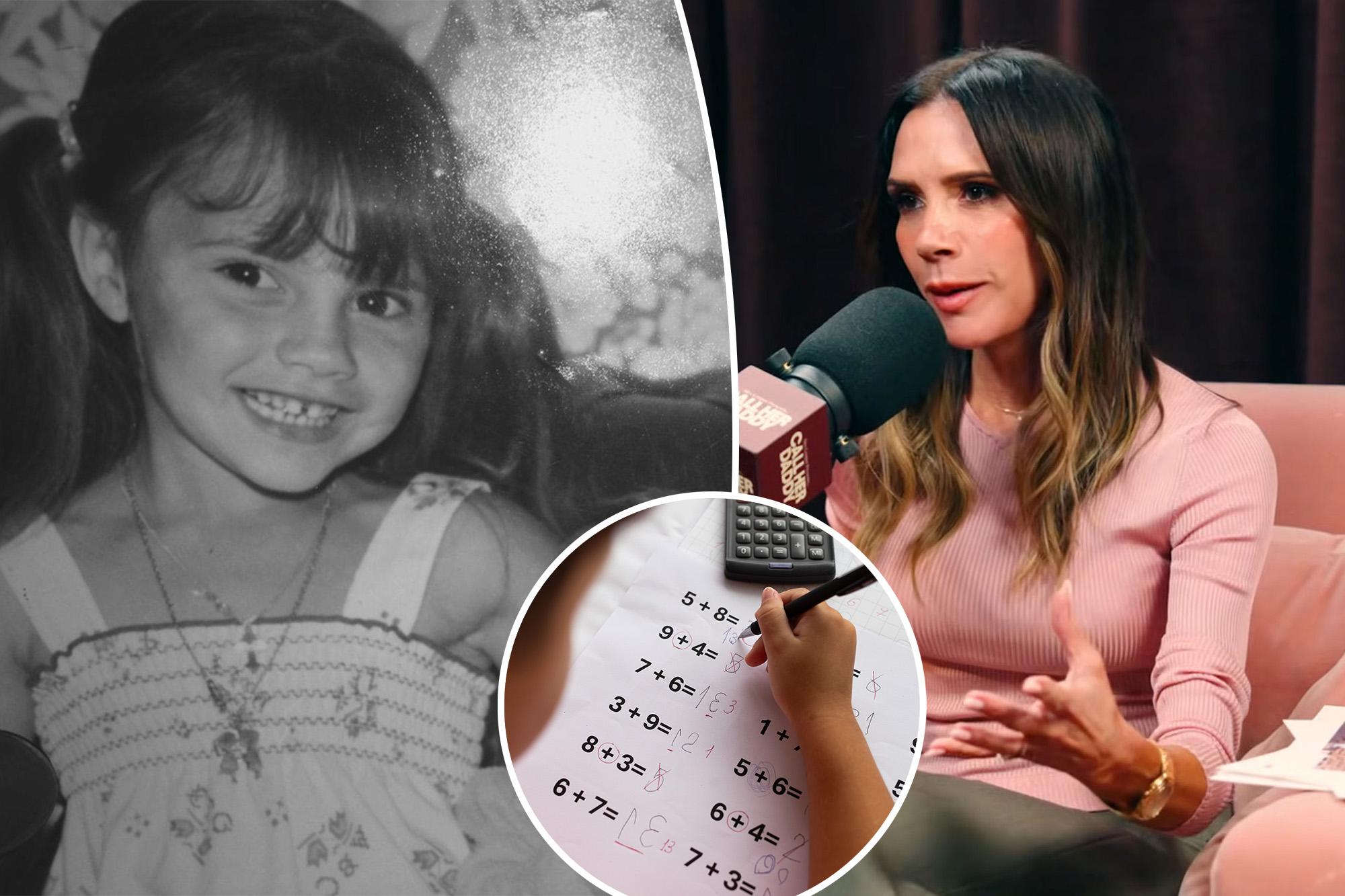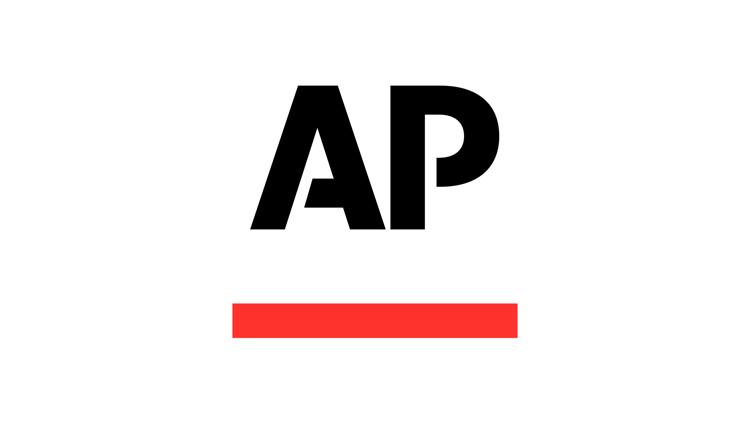Victoria Beckham, the former Spice Girl and fashion designer, recently shared her experiences with childhood bullying stemming from her learning disabilities. During her appearance on the “Call Her Daddy” podcast on October 22, 2023, Beckham disclosed that she faced significant challenges in her academic life due to dyscalculia and self-diagnosed dyslexia. She recounted being labeled as “thick” by peers, which compounded her struggles.
Beckham, now 51, described her childhood as “miserable,” emphasizing her focus on dance and drama rather than academics. She recalled painful moments, including being targeted by bullies who threw cans at her during recess. The impact of these experiences has lingered, highlighting the importance of recognizing learning disabilities in children.
Understanding Dyscalculia: A Closer Look
Dyscalculia is a learning disorder characterized by difficulties in understanding and working with numbers. According to the Cleveland Clinic, while the exact cause of dyscalculia is not fully understood, research indicates that it may involve differences in brain regions such as the parietal and frontal lobes, which are crucial for number processing. Additionally, studies suggest a potential genetic link, as dyscalculia can run in families.
The disorder is more prevalent than many realize, affecting approximately 7% of elementary school children, as noted by the Learning Disabilities Association of America. This means that in a typical classroom, there may be one or two students grappling with mathematical concepts. Furthermore, there is a notable overlap between dyscalculia and dyslexia, with as many as 40% of children struggling with reading also facing challenges in math.
Signs and Treatment of Dyscalculia
Dyscalculia typically presents in childhood, but many adults may remain unaware of their condition. According to the Child Mind Institute, common signs include difficulty with basic arithmetic, problems with number sequencing, and challenges in grasping mathematical concepts. In daily life, individuals with dyscalculia may struggle with tasks such as telling time, managing finances, or estimating distances.
While there is no cure for dyscalculia, early intervention can lead to improvements. Treatment often involves personalized instruction from specialized educators who help students learn effective strategies for approaching math. For adults, particularly those with acquired dyscalculia resulting from brain injuries, treatment options may focus on developing coping strategies and utilizing technology to assist with numerical tasks.
In conclusion, Beckham’s candid sharing of her past resonates with many who face similar challenges. Her story serves as a reminder of the importance of understanding learning disabilities and fostering supportive environments for all students.






